(Prices correct as of today’s date, are updated daily, are subject to change and represent genuine availability at time of update).
Cruise only holidays are financially protected by ABTA. Fly cruise holidays are financially protected by Norwegian Cruise Line under ATOL number 2752
Please click here to check the essential travel requirements before booking this cruise.
Want to add a hotel stay or change your flights?
Just call our team of cruise specialists to help build your dream cruise holiday today!
Spread the cost of your holiday! Interest Free Monthly payments are based on a deposit of £100pp, and 12 monthly installments in accordance with our balance due date.
Prices based on 2 people sharing. Cruise only price does not include flights. Fly-cruise price may vary by chosen UK airport.
Itinerary
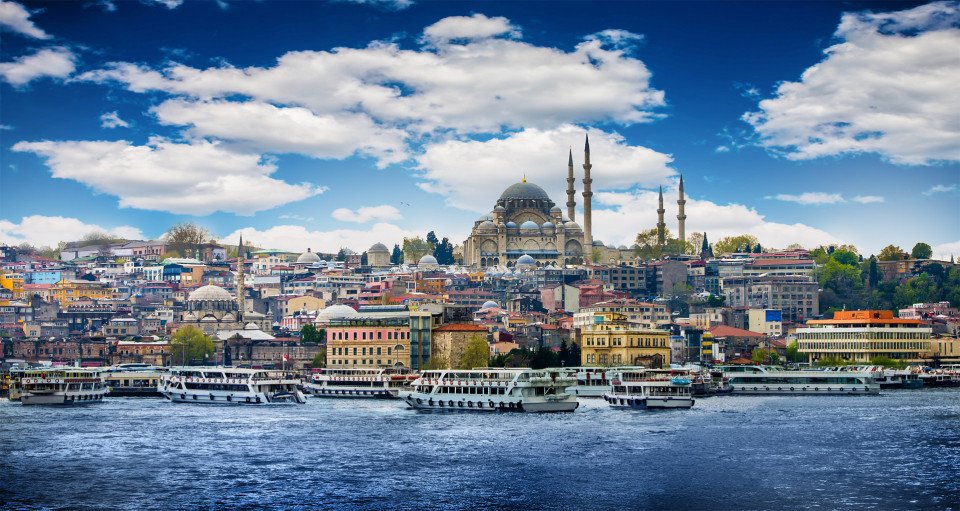
Istanbul
The only city in the world that can lay claim to straddling two continents, Istanbul—once known as Constantinople, capital of the Byzantine and then the Ottoman Empire—has for centuries been a bustling metropolis with one foot in Europe and the other in Asia. Istanbul embraces this enviabl... Read More
Istanbul
Kusadasi
Santorini
Mykonos
Piraeus
Katakolon
Corfu
Dubrovnik
Kotor
Split
Ravenna
What's Included with
Norwegian Cruise Line
Sail with confidence when you book with NCL Cruises. Everything from breakfast, lunch, dinner, and snacks from various dining venues to world-class entertainment, the use of swimming pools, hot tubs, leisure facilities, return flights, and more are included when you book a cruise adventure with Norwegian Cruises.
Accommodation
Breakfast, lunch, dinner and snacks in a choice of included dining venues
Entertainment throughout the day and evening
Use of swimming pools, hot tubs, fitness centre and leisure facilities where available
Return flights included from a choice of UK airports (fly cruise bookings only)
Youth programmes for 3-17 year olds
Complimentary shuttle service from ship to port where available
Selected hot drinks, iced tea, lemonade, juices, and water in selected venues
Porterage of luggage from port to cabin
Adult only areas
Theme nights and deck parties
A daily programme of activities
Explore Norwegian Viva





Onda By Scarpetta
Onda, or "wave" in Italian, brings the charm and effortless elegance of its critically acclaimed sister restaurant, Scarpetta, to sea. Uncork your favourite bottle of wine and let la dolce vita (the good life) flow. Indulge in a modern Italian culinary experience from Scarpetta's signature pastas like the famous Spaghetti Tomato & Basil to unique, mouthwatering seafood creations. And leave room for dessert. Sharing is optional.

Excursions
GO LOCAL TOURS
Authentic multicultural experiences await on a Go Local Tour with NCL. Explore how people in cities around the world live, work, eat and play on unique tours designed for guests who thrive on culture-connecting and unforgettable exploration.
ADVENTURE RUSH
Start by letting your imagination run wild. Mush your way across an ice field in Alaska. Surf in Kaua‘i. Soar through the sky on a zipline on Harvest Caye. Go tubing in Belize or even airboat through the Florida Everglades. Your adventure awaits.
HISTORIC TIMES
Get up close and personal with places you’ve seen only in pictures. Then take some of your own. Stand in the shadow of the Colosseum. Tour a medieval castle. Unravel the mysteries of the Mayan ruins. Or catch a glimpse of the revered Emerald Buddha in the Grand Palace of Bangkok. Take a history lesson like no other.
WONDERS OF NATURE
Hang with the locals in Australia. Or pack your camera and enjoy majestic humpback whales near Hawai‘i, glaciers in Alaska, the soaring cliffs of Greece or the golden foliage in New England. They’re all naturally wondrous scene-stealers.
LAID-BACK LEISURE
Sometimes you just want to soak in the sun — and your surroundings. So find that perfect secluded beach and take it all in. Or shop the local markets for great bargains and take home a little something to complement your amazing holiday.
SELFIE TOURS
Get your smile — and your mobile device — ready for a tour like no other. With NCL’s Selfie Tours, we will take you to picture-perfect places to fill your feed. Many of our tours are guided by a selfie expert who will show you how to perfect your angle, use a selfie stick and more.


















The Haven Lounge & Bar
This stunning bar is exclusively for guests of The Haven. Enjoy your favourite cocktail and light bites whilst surrounded by true luxury.



Mandara Spa
Experience the ultimate in relaxation and heat therapy at the Thermal Suite where you can refresh and recharge.
Pro-Collagen Age Defy
This anti-aging facial combines the benefits of exotic ingredients to plump out fine lines and reduce skin-fatigue - helping relax wrinkles, whilst an age-defying peel-off mask encourages the highest cellular function, visibly improving firmness and elasticity for beautifully nourished, younger looking skin.
Ocean Wave
This therapeutic warm wrap of nutrient-rich sea plants and marine algae envelops the body, releasing stress and tension whilst nestled on a water-filled cushion. The deep cleansing seaweed mask, combined with aromatherapy essential oils, decongests and stimulates the body's system as a scalp and foot massage soothes and relaxes.
Nutritional Consultation
If you are ready to enhance your well-being with a sensible diet and exercise programme, our fitness professionals can provide you with the in-depth information you need to get you started.
Ionithermie Cellulite Reduction Treatment
Reduce the appearance of cellulite and firm and tone the skin with this Parisian treatment that offers substantial inch loss in just one session.
Musclease Aroma Spa Ocean Wrap
A warming blend of Pine and Rosemary essential oils help ease the pains of rheumatism arthritis, muscular spasms, and fatigue.
Pro-Collagen Grooming Treatment with Shave
Our most opulent grooming service for men, this is simply the shave of all shaves combined with the facial of all facials! Your skin will be left perfectly smooth.
Restylane® Lip Enhancement Treatment
Add volume to uneven or small lips. This treatment provides you with a fuller, natural looking lip instantly.
Zero Gravity
High tech meets high touch in this next generation wellness treatment. Producing a zero gravity effect, the body is suspended on an advanced treatment table that allows for ergonomic workflows and a seamless series of sophisticated techniques used in this choreographed massage.
Eight table positions enable effective and precise reach of every muscle group, including intensive work on the back and main muscles, targeted release of tension, and improved body mechanics. Technology bolsters touch to address daily stress zones and deliver ultimate relaxation.



Splash Academy
When the youngest cruisers are having a great time, you're having a great time. Sign them up for our complimentary youth programme programmes where they can enjoy creative play, active games, and more; the youth staff have a knack for this stuff.
Deck 20

- Viva Speedway
Deck 19

- Viva Speedway
Deck 18

- Viva Speedway Bar
- Tee Time
- The Bull's Eye
- The Drop Slide
- The Rush Slide
- Viva Speedway
- Kids' Aqua Park
- Entourage
- The Wave
- The Stadium
- NCL Super Selfie
Deck 17

- Surfside Café
- Surfside Grill
- Food Republic
- Palomar
- The Observation Lounge
- Vibe Beach Club
- Waves Pool Bar
- Pool Deck
- Pool
- Infinity Hot Tubs
- Hot Tubs
- Galaxy Pavilion
- Sun Deck
- The Haven Sundeck
- Video Arcade
Deck 16

- Family Suite with Master Bedroom & Balcony
- Family Balcony Staterooms
- Balcony Staterooms
- Family Inside Staterooms
- Inside Staterooms
- Solo Inside Staterooms
- The Haven Restaurant
- The Haven Lounge & Bar
- The Haven Restaurant
- The Haven Outdoor Lounge & Bar
- Pulse Fitness Centre
- Barber Shop
- Mandara Spa & Salon
- Spa Thermal Suite
- Concierge Desk
- Cold Room
- Sauna
- Infinity Pool
- The Haven Sundeck
Deck 15

- The Haven Deluxe Owner's Suite with Large Balcony
- The Haven 2-Bedroom Family Villa with Large Balcony
- The Haven Penthouse with Balcony
- Family Suite with Master Bedroom & Balcony
- Family Balcony Staterooms
- Balcony Staterooms
- Family Inside Staterooms
- Inside Staterooms
- Guppies
- Splash Academy
- Mandara Spa & Salon (Entrance on Deck 16)
Deck 14

- The Haven Premier Owner's Suite with Large Balcony
- The Haven 2-Bedroom Family Villa with Large Balcony
- The Haven Aft-Facing Penthouse with Master Bedroom & Large Balcony
- The Haven Penthouse with Balcony
- Family Suite with Master Bedroom & Balcony
- Family Balcony Staterooms
- Balcony Staterooms
- Oceanview Staterooms
- Family Inside Staterooms
- Inside Staterooms
- Solo Inside Staterooms
Deck 13

- The Haven Deluxe Owner's Suite with Large Balcony
- The Haven 2-Bedroom Family Villa with Large Balcony
- The Haven Aft-Facing Penthouse with Master Bedroom & Large Balcony
- The Haven Penthouse with Balcony
- Family Suite with Master Bedroom & Balcony
- Forward-Facing Suite with Master Bedroom & Large Balcony
- Forward-Facing Club Balcony Suite with Large Balcony
- Forward-Facing Club Balcony Suite
- Family Balcony Staterooms
- Balcony Staterooms
- Family Inside Staterooms
- Inside Staterooms
- Solo Studio Staterooms
Deck 12

- The Haven Aft-Facing Owner's Suite with Master Bedroom & Large Balcony
- The Haven Owner's Suite with Master Bedroom & Large Balcony
- The Haven Aft-Facing Penthouse with Master Bedroom & Large Balcony
- The Haven Penthouse with Balcony
- Family Suite with Master Bedroom & Balcony
- Forward-Facing Suite with Master Bedroom & Large Balcony
- Family Suite with Large Balcony
- Forward-Facing Club Balcony Suite with Large Balcony
- Forward-Facing Club Balcony Suite
- Family Balcony Staterooms
- Balcony Staterooms
- Solo Balcony Staterooms
- Family Inside Staterooms
- Inside Staterooms
- Solo Inside Staterooms
- Solo Studio Staterooms
- Medical Centre
- Studio Lounge
Deck 11

- The Haven Aft-Facing Penthouse with Large Balcony
- The Haven Aft-Facing Penthouse with Master Bedroom & Large Balcony
- Family Suite with Master Bedroom & Balcony
- Forward-Facing Suite with Master Bedroom & Large Balcony
- Forward-Facing Club Balcony Suite with Large Balcony
- Family Club Balcony Suite
- Club Balcony Suite
- Forward-Facing Club Balcony Suite
- Sailaway Club Balcony Suite
- Family Balcony Staterooms
- Balcony Staterooms
- Family Inside Staterooms
- Inside Staterooms
Deck 10

- The Haven Aft-Facing Owner's Suite with Master Bedroom & Large Balcony
- The Haven Aft-Facing Penthouse with Master Bedroom & Large Balcony
- Family Suite with Master Bedroom & Balcony
- Forward-Facing Suite with Master Bedroom & Large Balcony
- Family Suite with Large Balcony
- Forward-Facing Club Balcony Suite with Large Balcony
- Family Club Balcony Suite
- Club Balcony Suite
- Forward-Facing Club Balcony Suite
- Family Balcony Staterooms
- Balcony Staterooms
- Family Inside Staterooms
- Inside Staterooms
Deck 9

- Aft-Facing Suite with Large Balcony
- Aft-Facing Suite with Large Balcony
- Family Suite with Master Bedroom & Balcony
- Forward-Facing Suite with Master Bedroom & Large Balcony
- Family Suite with Large Balcony Staterooms
- Forward-Facing Club Balcony Suite with Large Balcony
- Family Club Balcony Suite
- Club Balcony Suite
- Forward-Facing Club Balcony Suite
- Aft-Facing Balcony Staterooms
- Family Balcony Staterooms
- Balcony Staterooms
- Sailaway Balcony Staterooms
- Family Inside Staterooms
- Inside Staterooms
Deck 8

- The Local Bar & Grill
- Indulge Food Hall
- Los Lobos
- Onda by Scarpetta
- Luna Bar
- Penrose Atrium
- Soleil Bar
- Whiskey Bar
- Indulge Outdoor Lounge
- Beetlejuice: The Musical
- Icons
- Ocean Music Fest
- Press Your Luck Live
- The Drop
- Viva Theatre & Club
- Infinity Beach
- Oceanwalk
- La Terrazza
- The Concourse
- Imagination Wall
- Professional Portraits
- Perspectives Photography Studio
- Photo Gallery
- Pandora Jewellery & Lifestyles
- Tech @ Sea & Destination
- The Zone & Eye Style
- The Rush Landing Area
- The Drop Landing Area
- Infinity Pools
Deck 7

- Hudson's
- Hasuki
- Le Bistro
- Nama Sushi & Sashimi
- Metropolitan Bar
- Penrose Atrium
- Syd Norman's Pour House
- The Humidor Cigar Lounge
- The Improv at Sea
- Starbucks
- Beetlejuice: The Musical
- Icons
- Crazy Sexy Cool (‘90s)
- Livin La Viva Loca (Latin)
- Syd Norman’s Presents: Turn Back Time
- The Improv At Sea
- Ocean Music Fest
- Press Your Luck Live
- Syd Norman’s Pour House
- Viva Theatre & Club
- i-Connect Internet Café
- The Gateway
- EFFY Jewellery
- The Collection
- Timeless Luxury
- Shore Excursions
- Guest Services
- Art Gallery Sales Office
Deck 6

- The Commodore Room
- Cagney's Steakhouse
- Belvedere Bar
- Penrose Atrium
- Penrose Bar
- Beetlejuice: The Musical
- Icons
- Ocean Music Fest
- Press Your Luck Live
- Viva Theatre & Club
- Casino
- John Hardy
- Beauty by Design & Afficionados
- Roberto Coin
- VIP Casino
- Smoking Casino
Deck 5

- Family Oceanview Staterooms
- Large Oceanview with Round Window Staterooms
- Oceanview with Round Window Staterooms
- Solo Oceanview
- Sailaway Oceanview Staterooms
- Family Inside Staterooms
- Inside Staterooms
- Sailaway Inside Staterooms
Norwegian Viva Cabins & Suites
The Norwegian Viva cruise experience starts with your stateroom. With suites and cabins to suit solo travellers, couples and parties of all sizes, the Norwegian Viva offers rooms that feel like home at sea. With luxury amenities and spa-like comfort, your room is equipped to accommodate your needs and have everything you could want and more from a cruise holiday.




Family Inside







Family Oceanview





Aft-Facing Balcony





















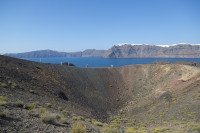
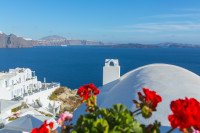
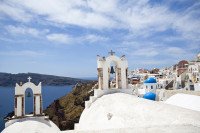

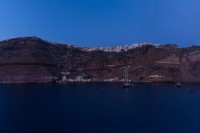



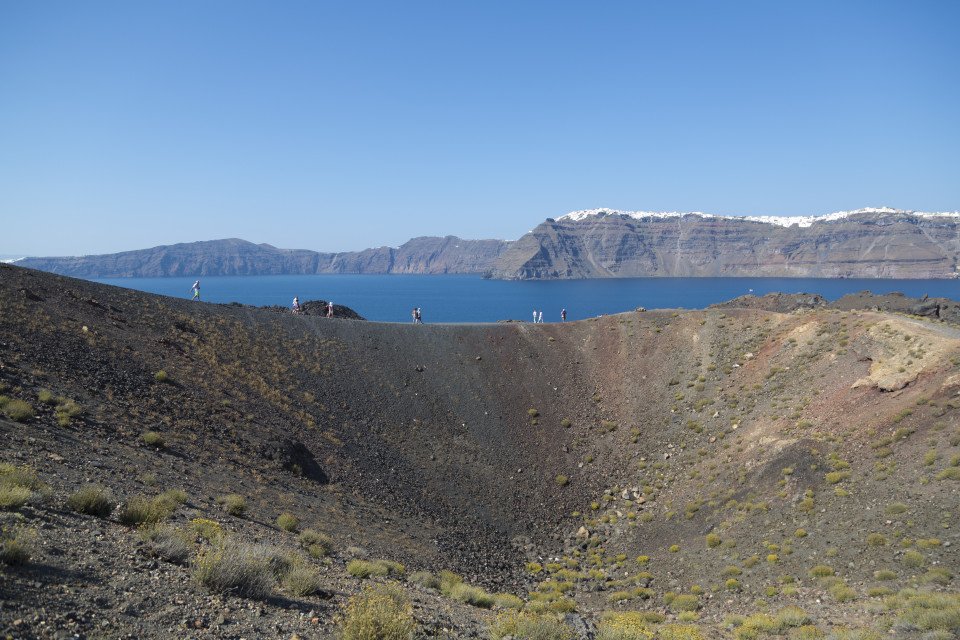
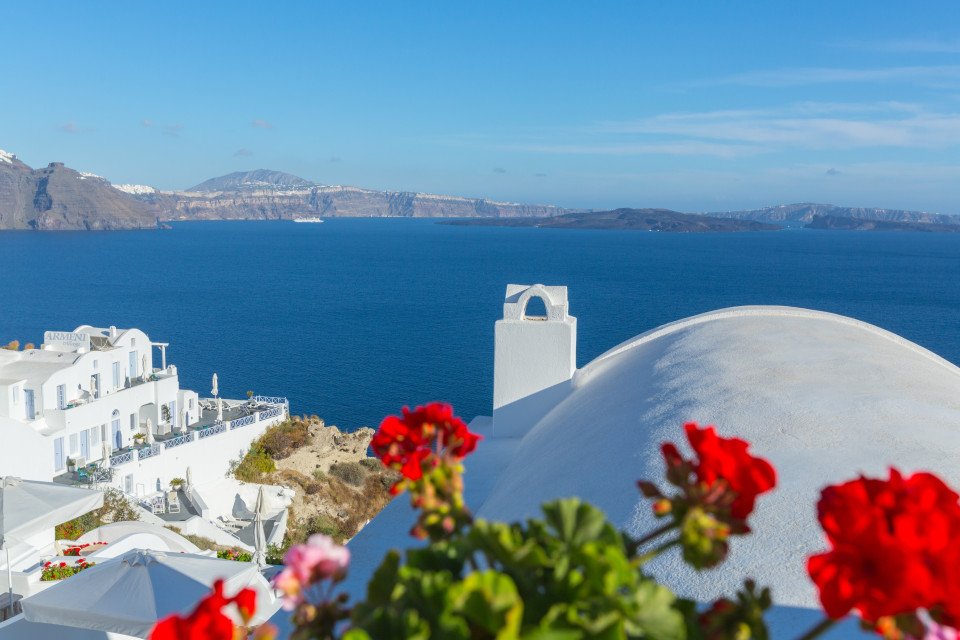
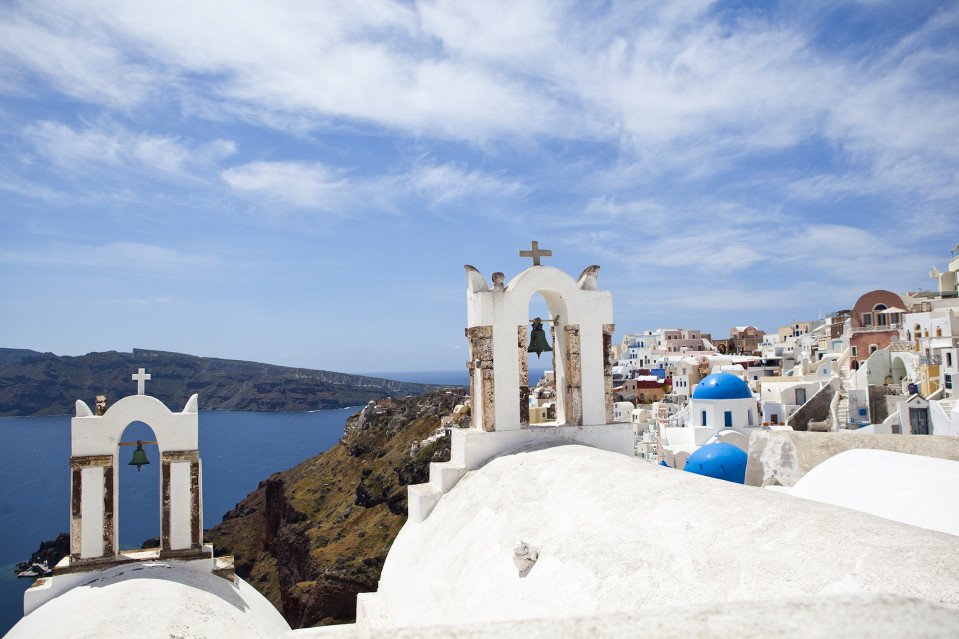





































-large_thumb.jpg)









